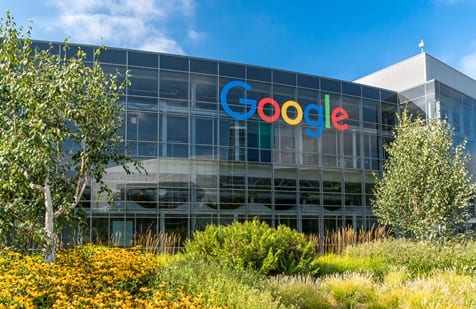A Quick History of Google Algorithm Updates

What is a Google algorithm, and what does it have to do with your website?
The search giant Google uses a complex algorithm—essentially an automated sequence of instructions—to rank its search engine results.
Google’s computers perform a series of computations to retrieve data from its search index.
The algorithm provides users with the best possible results for their search query. This system consists of numerous ranking signals that help Google sort web pages by relevance on its search engine results pages (SERPs).
Google keeps updating its algorithm thousands of times every year. And while most of these updates are so slight that they go completely unnoticed, the search giant often rolls out major algorithmic launches that significantly impact the SERPs.
These key algorithm updates are disruptive because they change the way search results are displayed. In turn, this often upends businesses that have been enjoying high ranking and pushes them far lower in the SERP.
That can be disastrous for businesses since it may lead to immediate and severe loss of website traffic and revenue. Other businesses, meanwhile, may suddenly find their sites ranking on page 1 for certain keywords—a highly coveted position that only 10 businesses enjoy.
Below, we have compiled a list—by no means exhaustive—of some of the major Google algorithm updates that have rolled out over the last decade. Google algorithms are assigned names to make it easier to remember and discuss them.
-
Panda
On February 23, 2011, Google introduced the first major update in the ‘modern SEO’ era: Panda. Google’s Panda update was launched to improve the falling quality of search results and curb the rise of the “content farm” business model by reducing the prevalence of low-quality sites (affiliate sites or sites with thin content, high ad-to-content ratios, and a number of other quality issues) in the SERPs. Panda was added to the core Google algorithm by 2016 with Panda 4.0.
-
Venice
On February 27, 2012, Google rolled out the “Venice” update that changed a major aspect of local search forever. The Venice update appeared to increase the frequency and volume of local hybrid results when users made queries with search intent.
-
Penguin
On April 24, 2012, Google finally announced the launch of “Penguin” update after long speculation about an “Over-optimization penalty.” The Penguin update was meant to downrank sites engaging in aggressive webspam (e.g., keyword stuffing) and manipulative link building tactics (buying, exchanging, or artificially creating links) that violated Google’s Webmaster Guidelines.
-
Hummingbird
On September 26, 2013, Google added the “Hummingbird” update to its core search technology. The Hummingbird update was designed to use natural language processing and gauge intent in a semantic manner to deliver the most relevant results to more complex queries as a result of the growth of conversational search (i.e., voice search).
-
Pigeon

The Pigeon update aimed to provide local, more accurate results to users based on their location. It also focused on making local results more relevant and higher quality by ranking local businesses in the SERPs based on traditional ranking signals.
-
Mobile Update (aka Mobilegeddon)
On April 21, 2015, Google introduced a straightforward and massive change to its search algorithm: “the mobile update” (or mobilegeddon, as dubbed by the SEO industry).
This update was meant to provide the most relevant and timely results to users on mobile devices by ranking mobile-friendly websites higher up on the SERPs.
-
RankBrain
On October 26, 2015, Google officially introduced “RankBrain.” RankBrain is a state-of-the-art machine learning algorithm that was designed to convert the textual contents of search queries into mathematical entities—called vectors—to filter search results and deliver the best possible results to a user’s search query.
-
Mobile Speed Update
On July 9, 2018, Google rolled out the “mobile page speed” update, making page speed a ranking factor for mobile searches. Google implemented this update to encourage sites to have a fast mobile version so that mobile users can get the best user experience. (This is why we include speed performance optimization in our website maintenance program.)
-
BERT
On October 25, 2019, Google announced the BERT update. BERT (or Bidirectional Encoder Representations from Transformers) is a machine learning algorithm related to natural language processing (NLP). It is designed to help Google understand the nuance and context of words in a natural language/conversational query and better match those queries with relevant results.
What’s the Next Google Algorithm Update?
On May 28, 2020, Google announced a new and updated set of metrics “Page Experience,” meant to assess sites based on what users experience when interacting with them. The update is set to roll out in 2021.






















